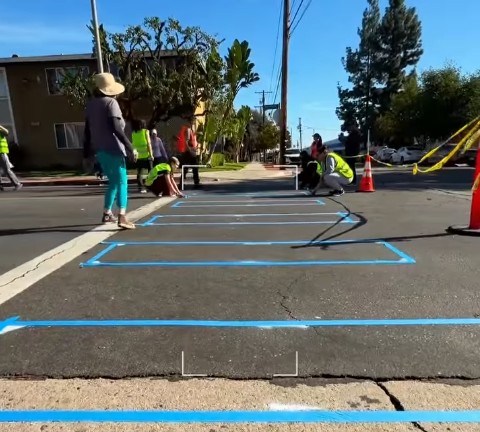Wednesday night, the House Budget Committee narrowly passed -- by one vote -- the 2013 federal budget proposed by chairman Paul Ryan. It calls for all kinds of spending cuts, casts aside the bargains struck during last year's budget debacle, and asserts that by 2050, all federal spending outside of entitlement programs (Medicare, Medicaid) should only equal 4 percent of America's GDP. For comparison, most peer nations spend around 5 percent of GDP on infrastructure alone.

Just to be clear, the budget is separate from the two-year transportation bill passed by the Senate two weeks ago, the House's five-year drill-and-drive bill, and the 90-day extension of transportation programs introduced yesterday. Think of it as the national wish list, a policy statement that tries to set a tone for subsequent spending bills.
Compared to President Obama's transportation plan, which Transportation Secretary Ray LaHood has been defending for the past month, the House GOP plan would essentially cut transportation spending by 25 percent. The Ryan document singles out high-speed rail for criticism, saying its job creation potential has been exaggerated.
In making the case for his budget plans, Obama has emphasized the word "investment," especially when it comes to transportation infrastructure. The president has asked for a six-year, $476 bilion transportation program, including a $50 billion injection available for projects immediately.
The House GOP's plan undercuts the President's by 25 percent on transportation, which would force state and local governments to pick up the slack, or else.
There are at least two problems with relying more on states to handle the construction and maintenance of a national, multimodal transportation system. First, state DOTs are in many cases set up to be highway-building agencies and not much more, and they're not often held accountable for their expensive, car-centric boondoggles.
Second, cities and states are even more constrained than the feds right now. That's because they have two things working against them: the growing reluctance of the feds to invest in transportation, and the disproportionate rise in construction costs, as Brad Plumer wrote for the Washington Post.
Keep in mind that this is all happening at a time when infrastructure is getting increasingly expensive to build — the CBO notes that the cost of building highways has tripled since 1980, far faster than inflation. States are spending the same, but getting less and less.
Basically, states haven't been able to keep up with their own needs for years, so to assume that they will start doing so is more magical thinking from House Republicans.






